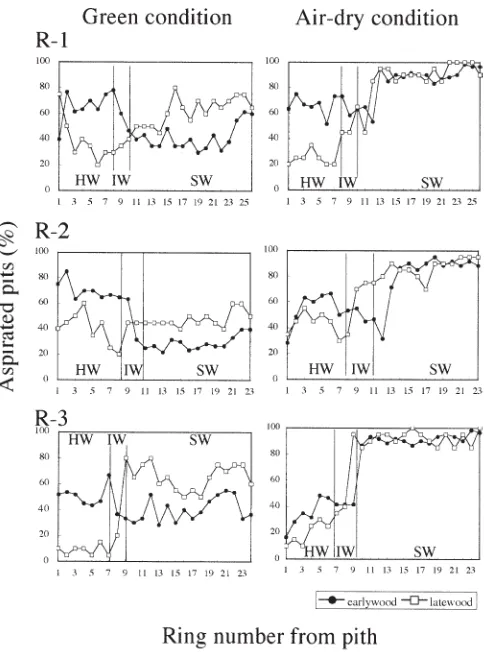Profile of bordered pit aspiration in Cryptomeria japonica using confocal laser scanning microscopy: pit aspiration and heartwood color
Full text
Figure




Related documents
Redefining Our Support Model FUSION 2015 Tier 0 Self Help Tier 1 Local and National Support Desk Tier 2 Program Office Support Tier 3 Technical or Application Support
Our SonicWall came with a built-in wireless access port, and it has several nice features, including the ability to scan the surrounding Wi-Fi network for other SSIDs and check
An example of setting up a little PostgreSQL table and creating a new virtual office document to allow editing this table is shown in Listing 8.... Setting Up a Virtual Office
For a non-exhaustive list of factors which may have a significant impact on the estimates of prospective resources contained herein, see the Company’s Annual Information Form
MCL indicates mantle cell lymphoma; FL, follicular lymphoma; TL, transformed lymphoma; SLL, small lymphocytic lymphoma; CR, complete response; CRu, complete response unconfirmed;
The models considered are: (1) a single citywide monopoly WiMAN provider; (2) facilities-based competition from multiple citywide WiMAN providers; (3) a citywide
containing zein/CNMA interlayers will be called active multilayer films or CNMA 170. multilayer films throughout the
eccentric phase) observed during resistance training based on eccentric inertial overload contractions (Norrbrand et al., 2008, 2010) as well as an increased mechanical stress